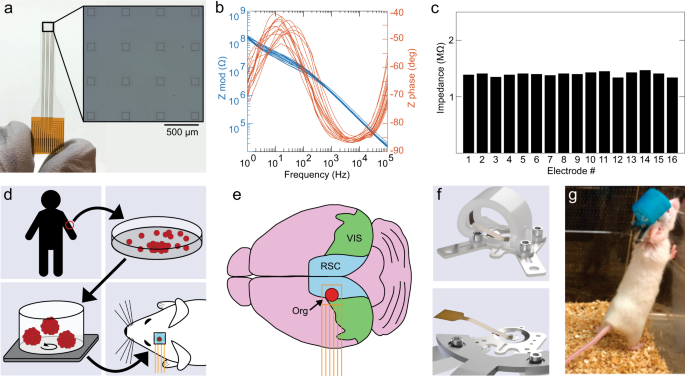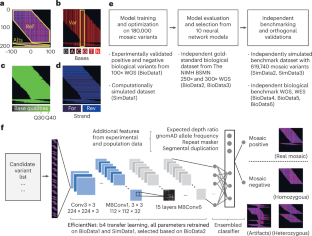カリフォルニア大学サンディエゴ校の研究により、組織特異的T細胞の複雑な生物学に対する重要な洞察が得られ、精密治療法の新しい分野への道が開けました。 UC San Diego study reveals critical insights into the complex biology of tissue-specific T cells, paving the way for a new branch of precision therapeutics.
2022-12-28 カリフォルニア大学サンディエゴ校(UCSD)
2022年12月28日に『Immunity』誌に掲載された新しい研究で、カリフォルニア大学サンディエゴ校医学部の科学者は、これまで認識されていなかった腸内のTRM細胞生物学の複雑さを明らかにし、感染、がん、自己免疫疾患に対する新世代の精密治療薬のヒントになる可能性があることを明らかにしました。
免疫系は、感染症にかかった後、メモリーT細胞を残します。メモリーT細胞は、病原体の分子記憶を長期間維持し、病原体が再来したときに警告を発する準備をしています。メモリーT細胞には、血流にのって全身を巡るものもあれば、特定の臓器に存在し、その部位を標的とする病原体と闘うように特化したものもある。これらのTRM細胞は、標的組織で生涯にわたって免疫を提供することができますが、過剰に活性化されると自己免疫疾患の一因となる可能性もあります。
研究チームは、腸の4つの部位(2つの臓器(小腸と大腸)および2つの異なる組織層(上皮内層と固有層))のTRM細胞の特徴を調べる一連の実験を行った。実験の結果、各組織のTRM細胞は、サイトカインとグランザイムの発現パターンが異なり、さらに転写、エピジェネティック、機能的な異質性を示すことが判明した。つまり、同じ種類の免疫細胞でも、腸の各部位では、その分子構造、機能、依存する化学シグナルが大きく異なっていることが明らかになった。
さらに、TRM細胞の発生に影響を及ぼすことが知られている転写因子であるエオメソダーミン(Eomes)への依存度も、細胞集団ごとに異なっていることが明らかになった。Eomesは、皮膚、肝臓、腎臓で得られたこれまでのデータから、TRM細胞を抑制すると考えられていたが、今回の実験により、小腸ではその逆であることが明らかになった。小腸では、EomesがTRM細胞の生存に驚くほど重要であることがわかったのです。しかし、大腸ではそうではなく、腸内でも高い状況特異性があることが浮き彫りになった。
今後、他の組織におけるTRM細胞の形成と維持の法則を明らかにし、その特異性を決定する要因を探る研究が続けられるだろう。例えば、小腸と大腸のマイクロバイオームの違いが、TRM細胞特有のニーズにつながっている可能性があり、マイクロバイオームを操作することが、腸内の免疫細胞を制御するもう一つのアプローチになるかもしれないと、著者らは考えています。
「将来的には、各臓器固有のニーズに合わせたワクチンやその他の治療薬について考えたいと思います」と、チャンは述べています。”TRM細胞の形成と維持をサポートするために、それぞれの組織タイプが何を必要としているかを知ることで、病気に対する最も効率的な免疫防御を提供することができるのです。”
<関連情報>
- https://today.ucsd.edu/story/tissue-specific-immunity-may-be-the-future-if-we-can-first-learn-its-rules
- https://www.cell.com/immunity/fulltext/S1074-7613(22)00643-4
小腸・大腸組織常在メモリCD8+ T細胞は、分子的不均一性とEomesへの依存性の差異を示す Small intestine and colon tissue-resident memory CD8+ T cells exhibit molecular heterogeneity and differential dependence on Eomes
Yun Hsuan Lin,Han G. Duong,Abigail E. Limary,Eleanor S. Kim,Paul Hsu,Shefali A. Patel,William H. Wong,Cynthia S. Indralingam,Yi Chia Liu,Priscilla Yao,Natalie R. Chiang,Sara A. Vandenburgh,Taylor R. Anderson,Jocelyn G. Olvera,Amir Ferry,Kennidy K. Takehara,Wenhao Jin,Matthew S. Tsai,Gene W. Yeo,Ananda W. Goldrath,John T. Chang
Immunity Published:December 28, 2022
DOI:https://doi.org/10.1016/j.immuni.2022.12.007

Highlights
•Small intestine (SI) and colon CD8+ TRM cells are molecularly and functionally distinct
•Anatomically distinct SI TRM cells exhibit disparate degrees of developmental plasticity
•Eomes supports maintenance of established TRM cells in the SI, but not in the colon
•Eomes promotes expression of the anti-apoptotic regulator Bcl-2
Summary
Tissue-resident memory CD8+ T (TRM) cells are a subset of memory T cells that play a critical role in limiting early pathogen spread and controlling infection. TRM cells exhibit differences across tissues, but their potential heterogeneity among distinct anatomic compartments within the small intestine and colon has not been well recognized. Here, by analyzing TRM cells from the lamina propria and epithelial compartments of the small intestine and colon, we showed that intestinal TRM cells exhibited distinctive patterns of cytokine and granzyme expression along with substantial transcriptional, epigenetic, and functional heterogeneity. The T-box transcription factor Eomes, which represses TRM cell formation in some tissues, exhibited unexpected context-specific regulatory roles in supporting the maintenance of established TRM cells in the small intestine, but not in the colon. Taken together, these data provide previously unappreciated insights into the heterogeneity and differential requirements for the formation vs. maintenance of intestinal TRM cells.


